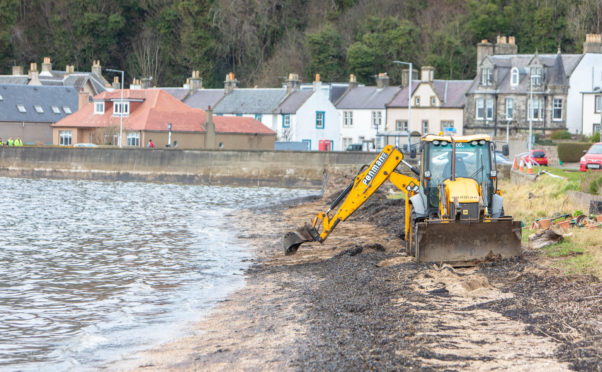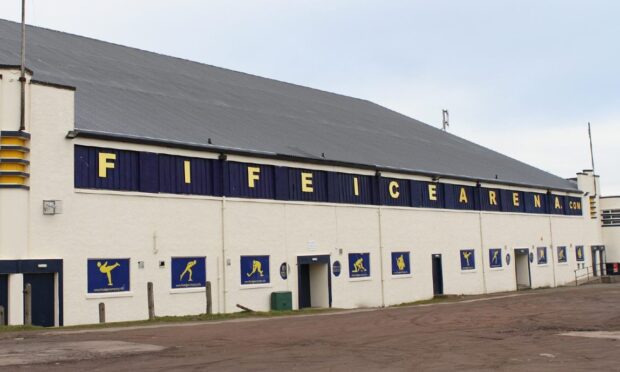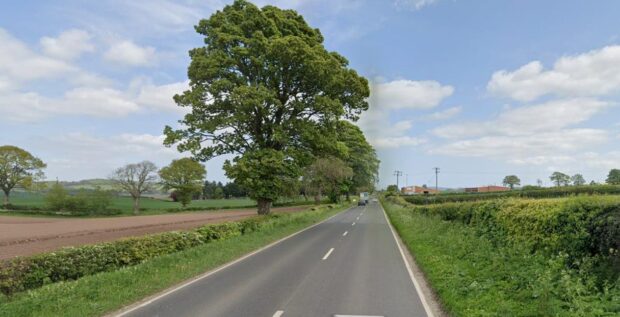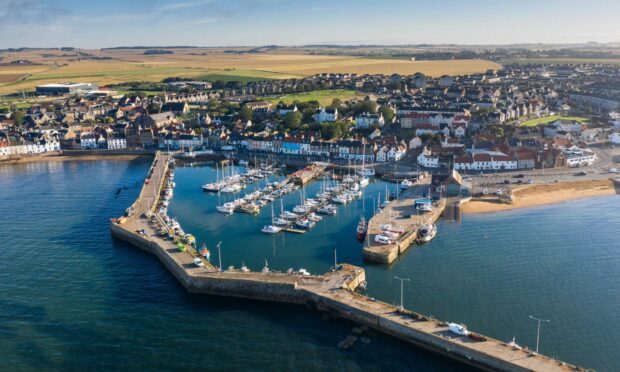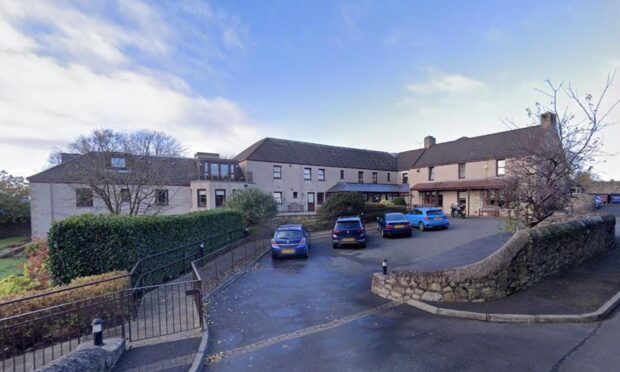The source of an oil spill on Fife beaches remains a mystery as it emerges the clean up operation has cost Fife Council around £600,000.
The beaches in Limekilns and Charlestown hit by the contamination last month will be reopened to the public by this weekend.
But with the Scottish Environment Protection Agency (SEPA) probe is now complete, the source of the spill has not been found.
A massive clean-up operation led by Fife Council has been carried out since the oil was discovered on the coastline.
The area was sealed off to the public and the coastal path route was diverted while the oil was cleaned up and investigations into the source of the contamination started.
Around 600 tonnes of contaminated seaweed and sand has since been removed from the three beaches affected and taken to a specialist facility for disposal.
But despite investigations by SEPA, the Marine Coastguard Agency and Forth Ports the source of the slick has not been found.
Senior council manager Derek Crowe said: “This has been a massive partnership operation with many organisations working together to get this area cleared up and back in public use.
“It’s great news that we can reopen the beaches as I know people have been missing the opportunity to use this much loved resource.
“Although residents may still occasionally see a sheen on the water, this will disperse naturally.”
If the polluter cannot be found, the council will have to pick up the estimated £600,000 cleaning bill.
SEPA chief officer Ian Buchanan said: “An extensive investigation carried out by regulatory, chemistry and marine science staff at SEPA has ruled out all identified land-based sources for the pollution found on Limekilns and Charleston beaches.
“SEPA analysed samples of the contamination and compared the results to samples taken from potential sources.
“No matches were found, and as result Sepa’s investigation is closed, unless further information comes to our attention in the future.
“Early suggestions that the oil had come from a land drain appear to have based on an early visual assessment and no evidence has been found that substantiates this.”
The beaches will continue to be monitored as the area returns to its natural habitat.
